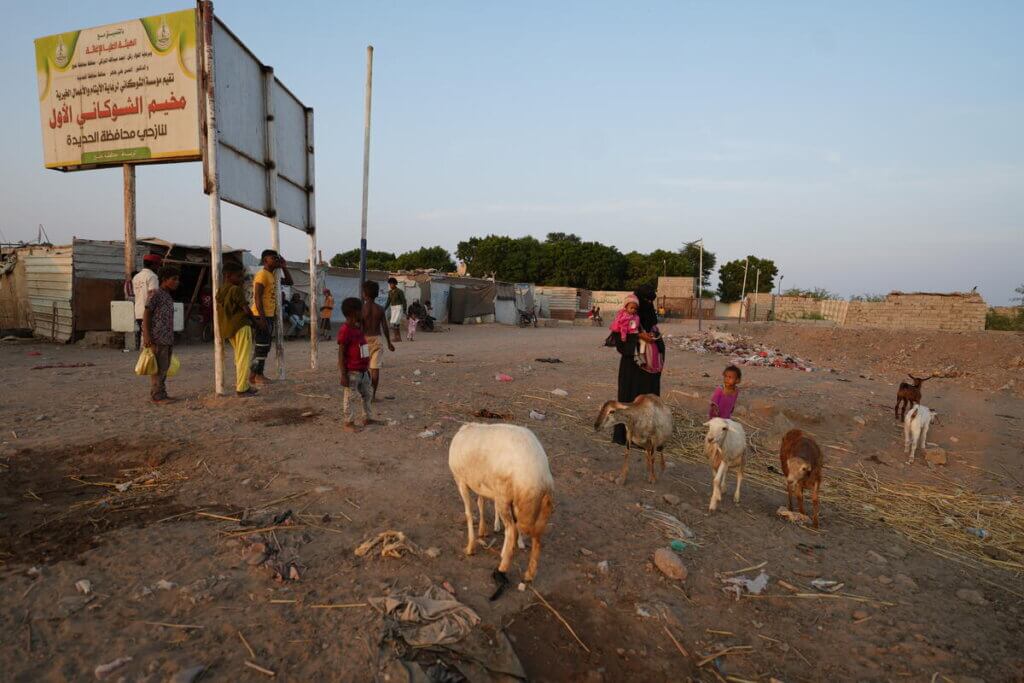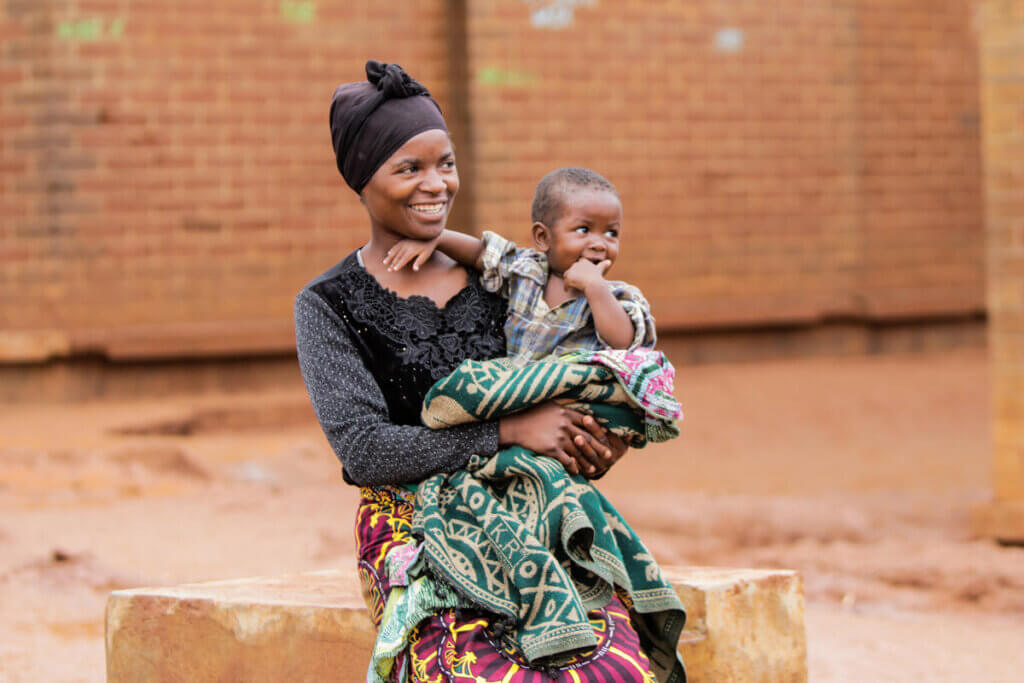Are we overpopulated? Are birth rates falling too fast? –Debunking alarmist population myths

On November 15, 2022, the world population surpassed 8 billion people. Immediately, people began to sound the alarms about an “overpopulation crisis” and the strain that the growing population is having on our planet and its finite resources.
Funny enough, this massive population milestone has also coincided with concerns about falling fertility rates among younger generations. As younger people forgo having children for reasons such as personal finances and the advancing climate crisis, population alarmists insist that we’re heading for a future where we will have “too few” people to sustain ourselves.
So, what’s the truth: Do we have far too many people on Earth, or should we be worried about globally falling birth rates?
In short — neither of these are legitimate concerns.
This World Population Day, we’re going to break down myths about our global population and discuss how we’re working to create a world where every single person can reach their fullest potential.

Myth: There are too many people on Earth.
The concern that there are “too many people” on Earth is not only an oversimplification of our global population, but also a deeply harmful piece of rhetoric. When politicians or media pundits assert that there are too many people, the implication is that some people are more worthy of living and having children than others.
Let us be clear: Every single person alive today is worthy of living and living to the absolute fullest of their potential. There are not too many people, because every single person is valued. And, every single person has the right to grow their family as they choose.
Instead of condemning the growth in population, we should be celebrating it as an achievement. A large factor in the population hitting 8 billion is that the average life expectancy has increased by nearly a decade since 1990. And it’s expected to continue to rise, hitting 77.2 years (+4.4 years) by 2050

Myth: Overpopulation is causing emissions to increase and climate change to worsen.
Half of the emissions in the world come from the richest 10% of the world’s population. Many of the countries with the highest fertility rates are among the world’s least developed. Conflating population growth with a rise in emissions is not only incorrect, but it also takes the blame off the richest in the world to cut back on their consumption and do more for our planet.
Even worse, the nations that are least responsible for climate change are the most affected. The three countries with the highest fertility rates – Niger, Somalia, and the Democratic Republic of Congo – have faced droughts, flooding, higher temperatures and more as a result of a warming planet. Instead of placing blame on nations like these with higher birth rates, we must stay focused on keeping the pressure on corporations and the rich to reduce emissions.

Myth: Falling birth rates will cause an underpopulation crisis.
It’s a fact: Birth rates have fallen globally. In 1950, humanity averaged 5 births per woman. In 2021, the birth rate had fallen to 2.1 births per women. But this is a good thing.
When we ask women how many children they want, the answer averages out to about 2. The global fertility rate matching this number is evidence that more women have the agency and resources to create the families they want. There are still too many women who are unable to make decisions for their bodies and families and ultimately have more children than they wish. Thanks to our supporters, we are working hard to provide family planning services to every woman and girl, so every pregnancy is on purpose.
Falling birth rates can partially be attributed to young people no longer feeling stable enough to bring children into the world. We live in an increasingly volatile world, where violence is on the rise, climate change is worsening, and economic instability is upending lives. Many people from younger generations have made the decision that parenthood is no longer a feasible path – and we should not be placing any blame on those who are forced into this decision. We should instead work to address these issues, so every person feels secure enough to have the family they want.

Myth: Population is only increasing in developing nations.
Despite falling birth rates, every single region of the world is actually facing a population increase, outside of Europe which is expected to see a decrease in growth of 7%. The population of every region is projected to keep growing and reach their peak sizes at some point before 2100.
You may be wondering how this can be the case when birth rates have fallen – but the answer lies in migration. We have actually seen below-zero growth in birth rates in most of the world since the 1970s, and yet, we haven’t experienced population decline due to immigration.
In the next few decades, migration is predicted to become the sole driver of population growth in high-income nations – meaning that our economies and cultures can continue to grow and thrive even though younger generations are having smaller families.

The importance of counting everyone
Despite our growing population and declining birth rates, we must not give into the panic of population alarmists. Instead, we must focus our efforts on ensuring that each and every person on Earth is getting the resources and care they need to reach their fullest potential – and we can’t do that without ensuring that we’re counting every single person accurately.
To be uncounted in a census is to become virtually invisible. That’s why, this World Population Day, we’re debunking harmful myths surrounding the global population and firmly standing behind the fact that everyone counts. If you would like to learn more about our population, check out UNFPA’s latest State of the World Population report here!